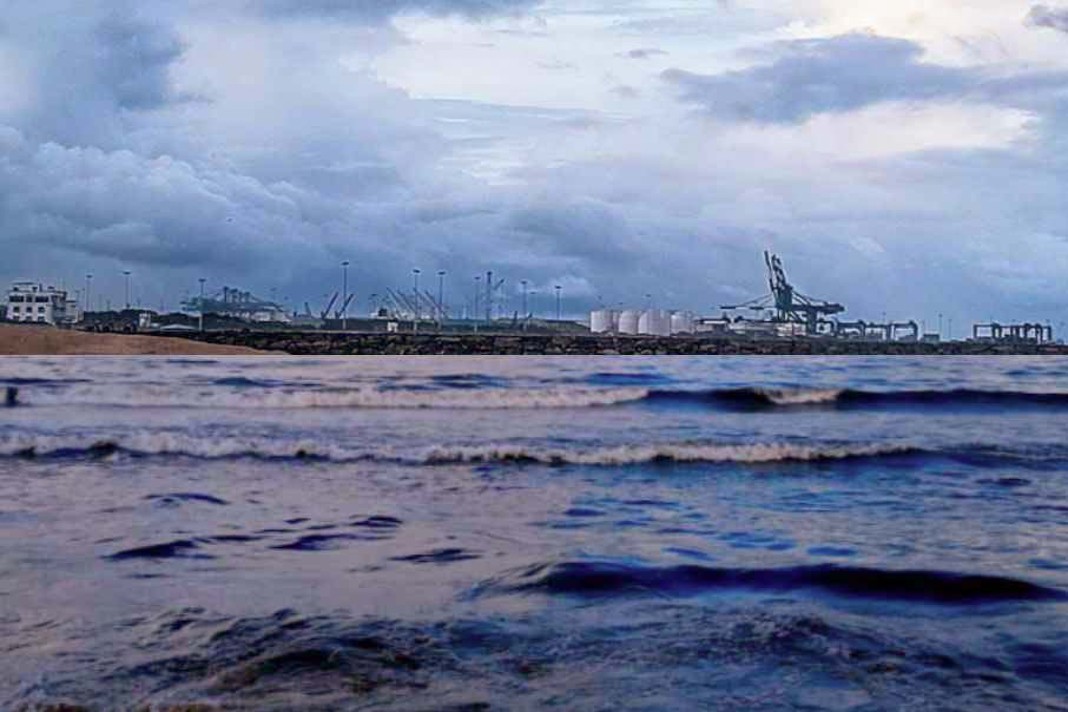August has seen the weakest clean tanker earnings for the year to date globally across all categories but as we noted in our recent report, the current weakness in the market is in many ways driven by seasonality. The LRs have been negatively impacted by Suezmax/VLCC clean-ups this summer, with Q3 traditionally being the slowest period for crude tankers. In Europe, Handy and MR tonne miles have been pressured by a seasonal decline in regional exports. Similarly, there has been a strong seasonal drop in Russian CPP exports amid peak summer demand, magnified by continued drone attacks on Russian refineries, reports Gibson.
What’s Next for Clean?
As we move into Q4, market drivers are likely to change. Seasonal refining maintenance in the US, Middle East, and Russia will facilitate crude exports. Traditional weather factors in the Northern Hemisphere during Q4/Q1 are also a formidable force behind significant freight volatility over the period. For the clean sector, it means lower competition from crude tankers, a key factor behind the recent downturn, whilst autumn maintenance in Europe and the US will not only increase the European shortfall of distillates but at the same time support greater East/West flows.
In addition, LPG prices typically appreciate in winter relative to naphtha due to heating demand, making naphtha more competitive as a feedstock for the petrochemical sector. With this in mind, more naphtha could be pulled from the Atlantic Basin Eastwards, temporarily limiting tonnage availability in the Middle East. Yet, these flows in part depend on relative pricing and Russia’s ability to export the product en mass East of Suez.
Moving into 2025, decelerating Chinese demand growth is a major concern; however, consumption in other non-OECD Asian economies is still projected to increase by 400 kbd according to the latest IEA monthly report. Some further modest increases in demand are also projected in non-OECD Latin America and East/South Africa, all of which will support incremental clean import requirements.
In terms of refining margins, cracks are under pressure globally, but European refineries are unquestionably the least competitive. This, coupled with an expected decline in regional demand, could see a faster decline in European refining runs relative to demand, supporting incremental CPP imports into the region.
Approaching full-scale operations at Dangote represents a considerable threat to product tanker demand in the Atlantic basin; yet, it will only apply further downward pressure on European refining margins. The 340 kbd Olmeca refinery in Mexico is another threat, although its impact on clean tanker rates depends on the ability of US refiners to redirect at least some displaced barrels further afield into Latin America. In addition, full-scale operations at Olmeca appear to be still some time away, with Pemex recently reporting that the refinery processed just 65 kbd of crude in July. Anecdotal evidence also suggests that secondary units have not been brought online yet.
A sharp increase in tanker deliveries next year has the potential to apply downward pressure on spot earnings, on the upside, however, the number of tankers turning 20 next year will still exceed scheduled deliveries, keeping modern, well-approved tonnage supply in check. On balance, it appears that whilst there are both headwinds and tailwinds, key fundamentals in the clean tanker market next year will not change dramatically relative to 2024. However, the Red Sea diversions are key here, as re-routing via Cape has offered a major element of support to clean tanker tonne miles so far in 2024 and if that is to suddenly disappear, it will remove a major element of support.
Did you subscribe to our daily Newsletter?
It’s Free! Click here to Subscribe
Source: Gibson


















